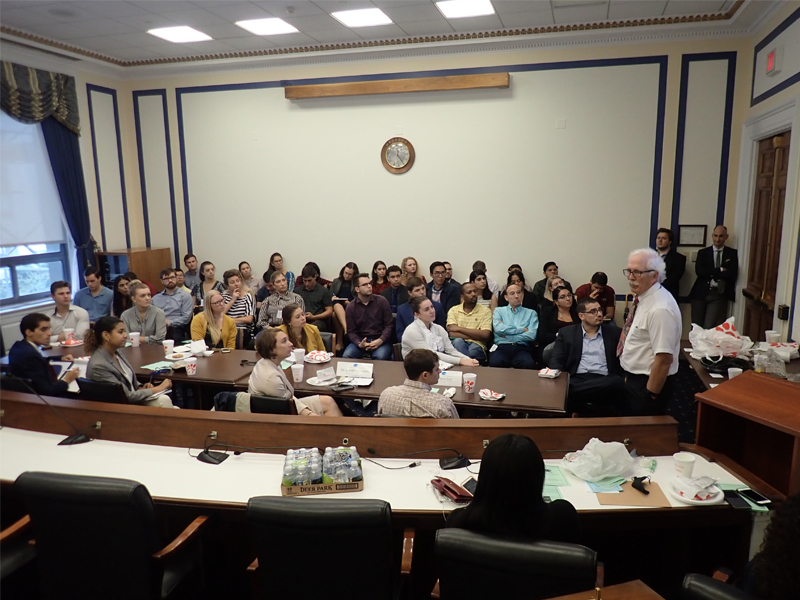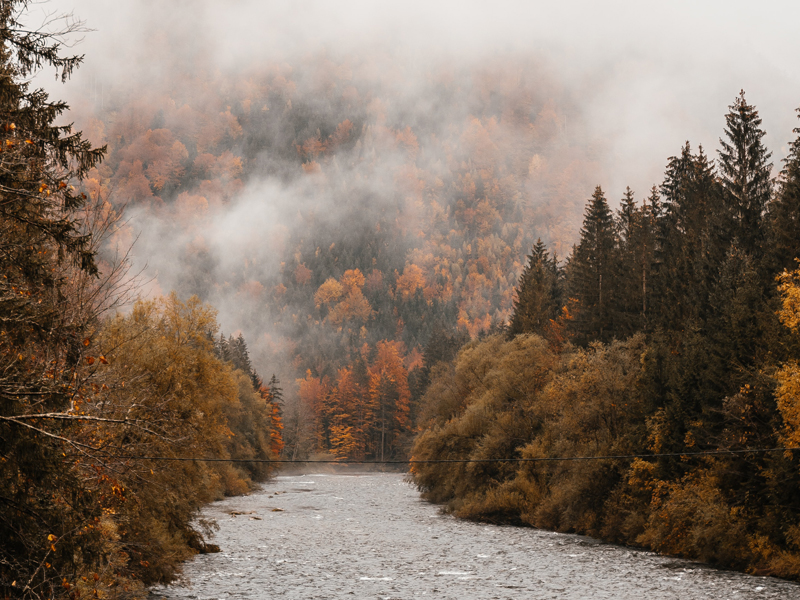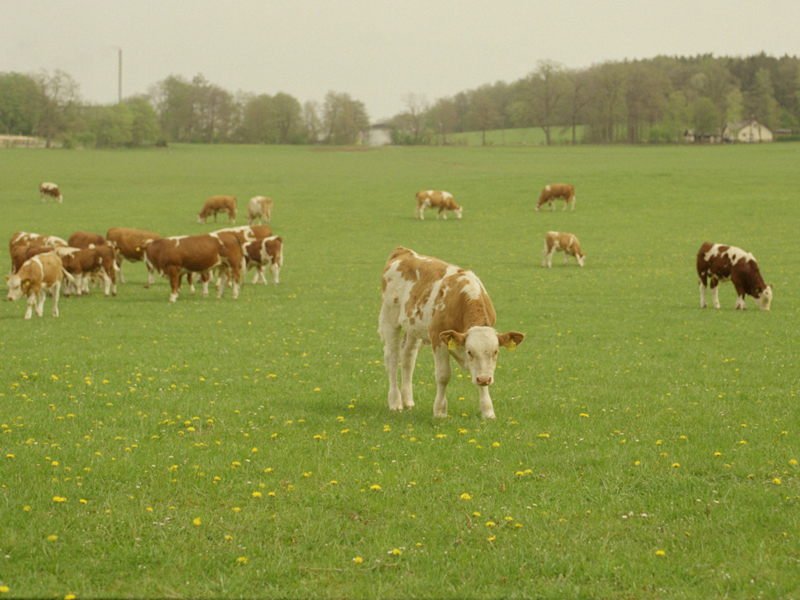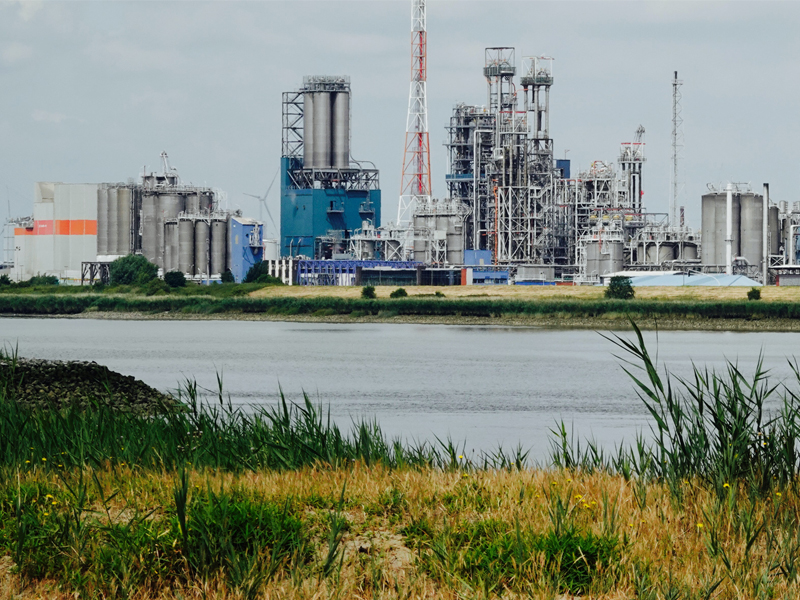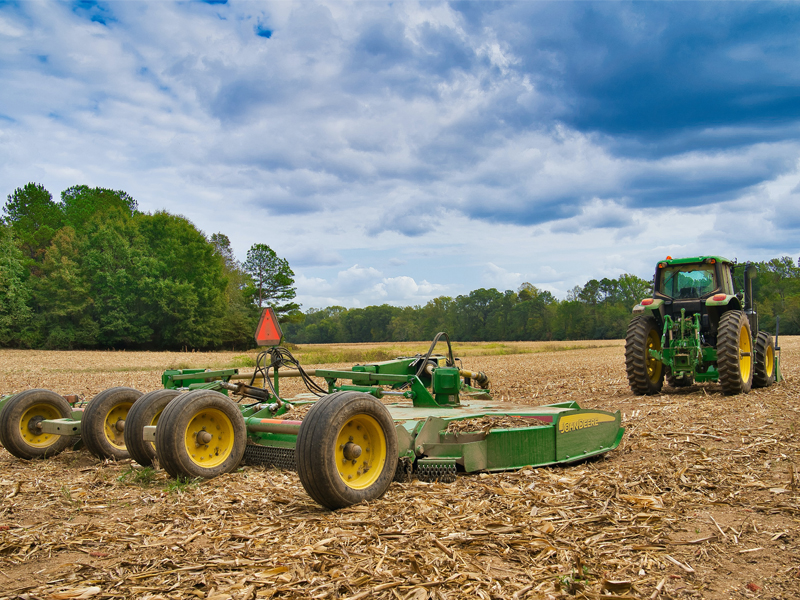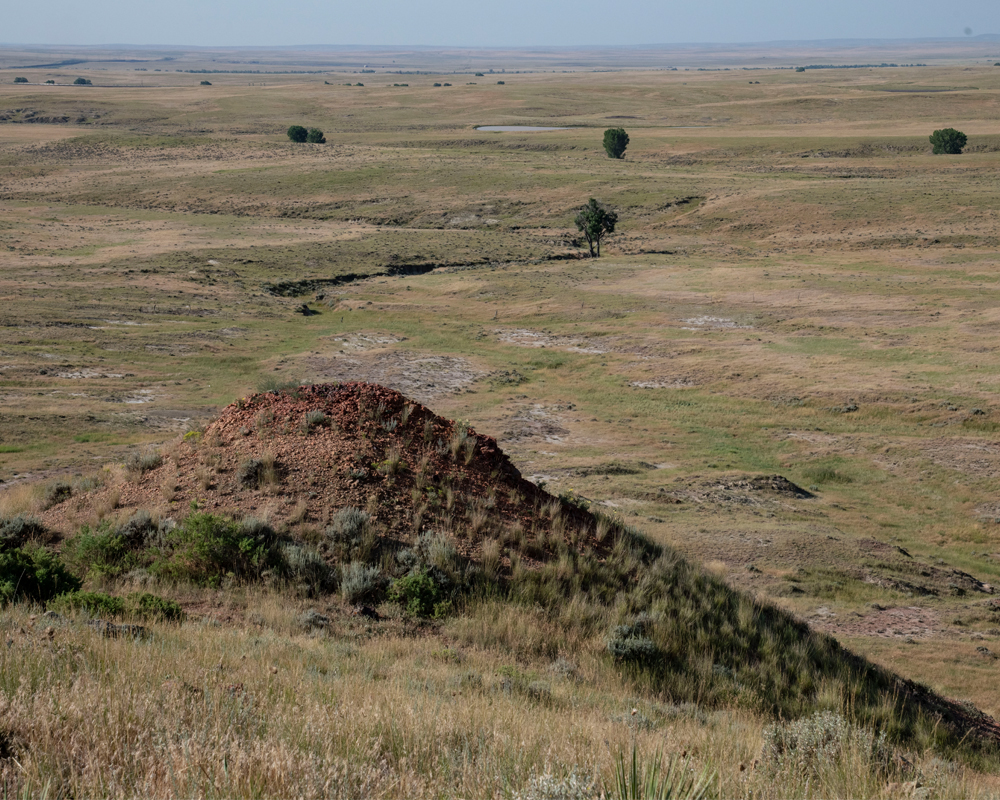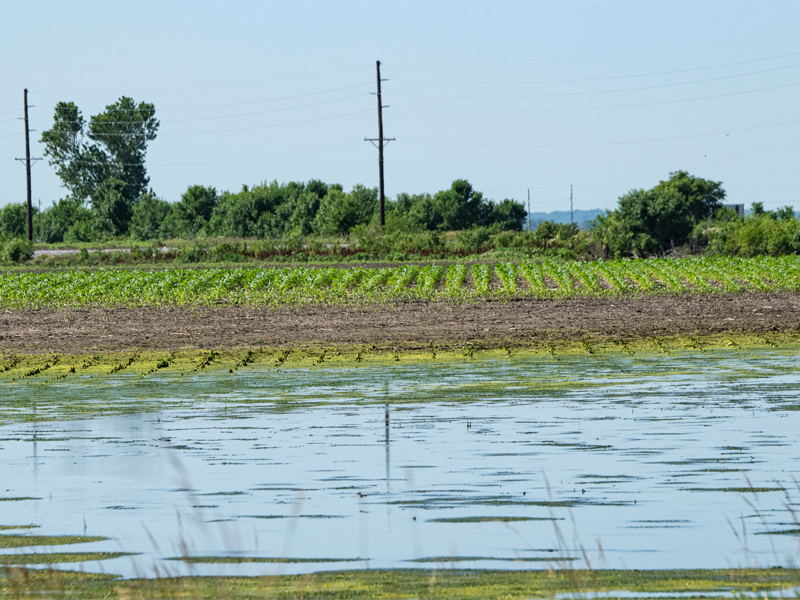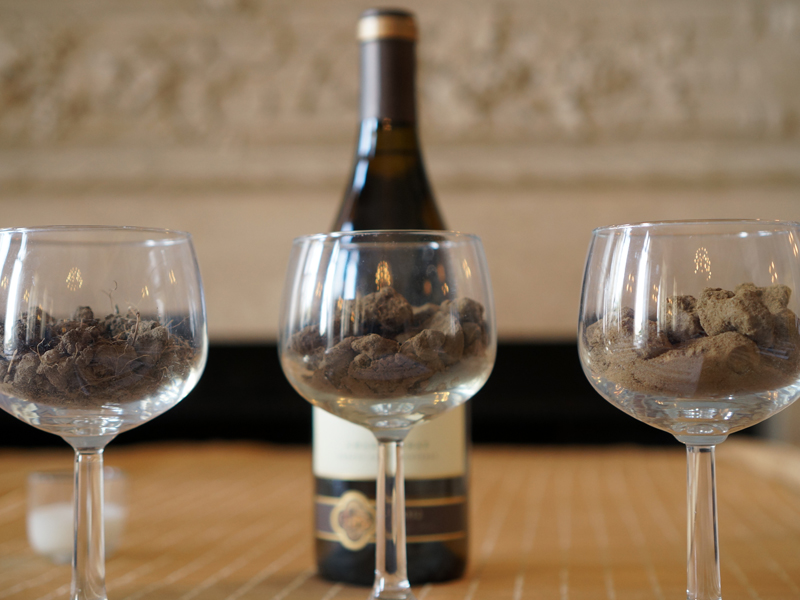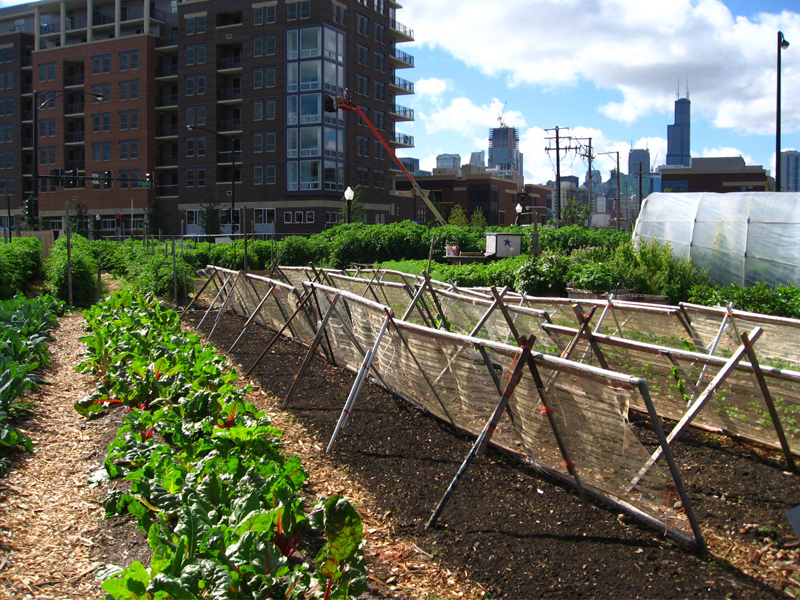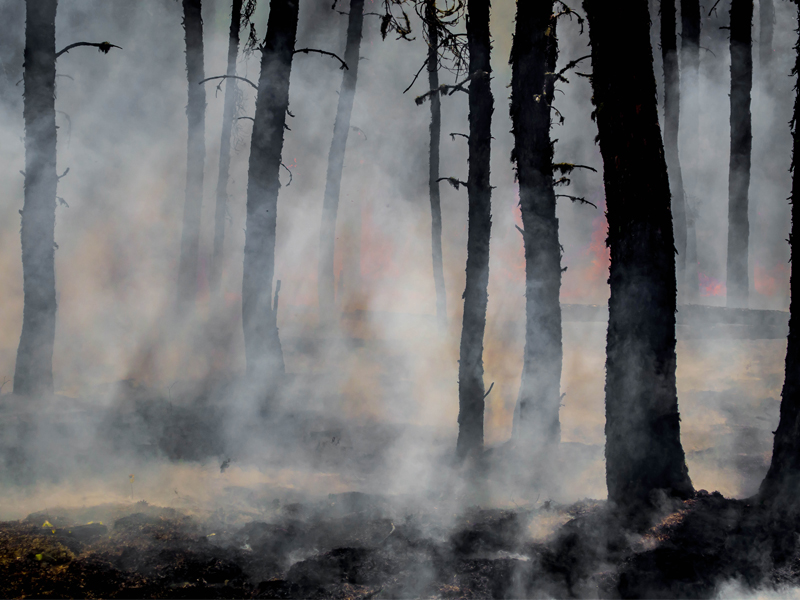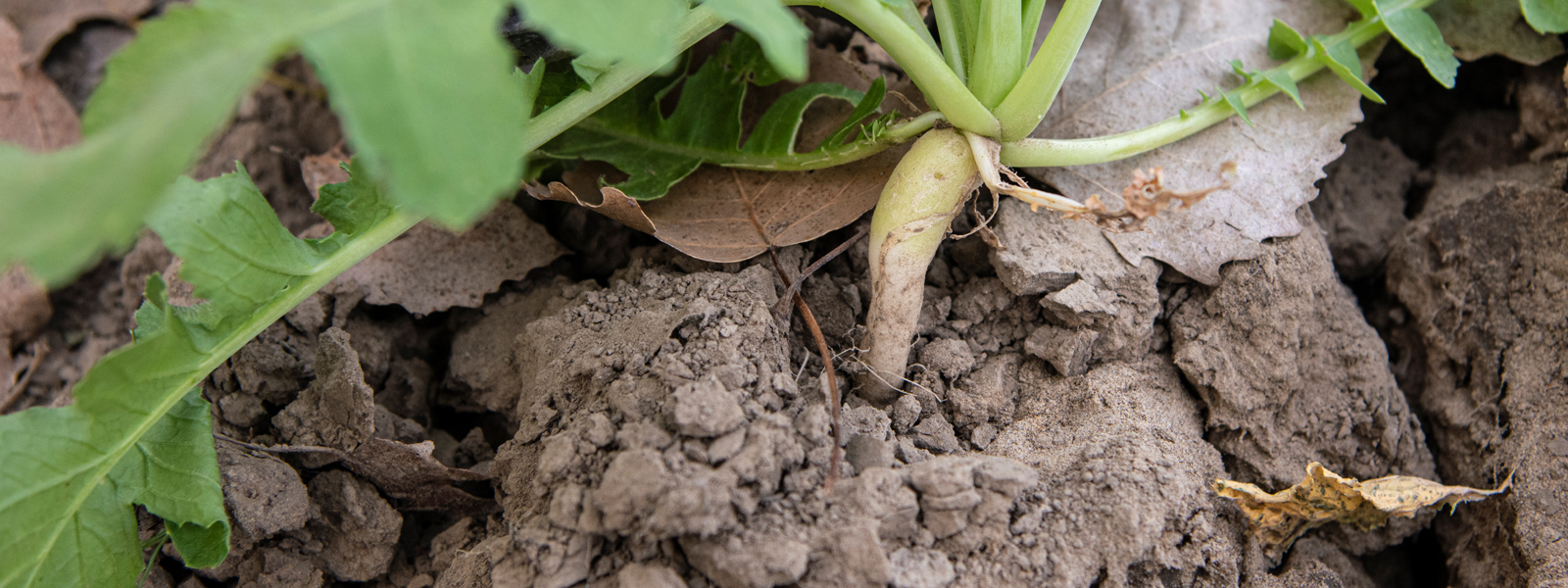
Congressional Soils Caucus Briefings
Congressional Soils Caucus Briefings
The Congressional Soils Caucus holds briefings on a variety of soil science topics. All briefing topics are chosen by members of the caucus and are pertinent to new legislation or current issues. See some of the past briefings below.
Soils and Natural Disasters
"Soils filter rainfall for fresh water supplies – but what changes after natural disasters?"
April 26, 2021 - Dan Neary, U.S. Forest Service
The U.S. depends on aquifers and groundwater for more than a quarter of its fresh water. On its way from the surface into the ground, water passes through soil that filters and cleans it. But what happens to the soil’s ability to filter water after a natural disaster like a wildfire or flood? Learn how soils filter water and how that function changes after natural disasters like fires and floods.
Soils and Grazing
"Soils and grazing: the science behind using animals in keeping farmland and grazing lands more resilient, sustainable, and healthy"
February 8, 2021 - Jim Ippolito, Colorado State University
Grazing has a place in regenerative, soil-building managed systems. Animals can help the soil sequester more carbon, increase nutrients available to plants, and improve plant productivity. But the waste from too many animals can degrade water quality, and too much grazing can strip the land so that only weeds grow. It sounds like there’s a balance that needs to be struck, but where does that balance lie?
Soils and Forever Chemicals
“Soils and forever chemicals: how plastic and PFAs get to, and move through, our soils”
September 25, 2020 - Stephen Taylor, Pacific Northwest National Lab
Soils teem with microbial life that filters water and breaks down harmful chemicals so that plants thrive and rivers “run clean.” But what about microplastics and “forever chemicals” like PFAS? Learn about where these chemical contaminants come from, if they move through soils, and what can be done to mitigate their harm.
Soil Health and Climate Change
"Putting carbon into soil: improving soil health and capturing CO2 from the atmosphere to mitigate climate change"
May 8, 2020 - Deb O’Dell, University of Tennessee and Neal Eash, University of Tennessee
Farmers know that healthy soils are good for their bottom line, and soil scientists know that healthy soils capture more CO2 from the atmosphere. That's a double-whammy of sustainability. But how do you measure how healthy soil is, and what can farmers do to increase their soil’s health? Learn about best practices for farmers and some of the challenges and policy opportunities to encourage widespread adoption.
Soils and Rangelands
“The carbon bank beneath our feet: storing carbon in rangeland soil”
November 4, 2019 - Caitlin Rottler, USDA ARS Grazinglands Research Laboratory, El Reno, Oklahoma
Rangelands account for more than 50% of the world’s land surface. Left alone, these lands can slowly sequester carbon from the atmosphere, up to half a gigaton of carbon dioxide per year in the United States alone. But disturbed land can lose carbon, eliminating this benefit and contributing to even more greenhouse gas in the atmosphere. Soil scientists are reclaiming disturbed land, protecting and rehabilitating its ability to sequester carbon and, as a side-benefit, producing clearer and cleaner water, better soil, more plants, and increased wildlife habitat too.
Soils and Floods and Droughts
“Turning soils into sponges: opportunities for agriculture to reduce flood and drought risks”
September 23, 2019 - Andrea Basche, University of Nebraska–Lincoln
Increased rainfall variability is well documented in the historic record and is predicted to intensify in the future. As a result, managing periods of both excess water and limited water will continue to be a critical agricultural challenge. Increasing soil water storage capacity is a promising strategy to combat effects of both floods and droughts. This presentation will include results from several projects whose overarching goals were to understand how conservation and diversified agricultural management practices can improve water stored in the soil (making the soil more “sponge-like”) and as a result improve outcomes in flood and drought events.
Soils and Winemaking
“Soils, Vines, and Wines”
September 25, 2019 – Hosted by ASA, CSSA & SSSA, Wine Institute, WineAmerica, Washington State University, and Cornell University in coordination with the Congressional Soils Caucus and the Congressional Wine Caucus.
The sixth annual Congressional reception featuring wines from California, New York, and Washington with information on how soils influence the unique flavor, color, and aroma of wines.
Soils and Urban Community Health
“Cleaning up lead and other dirty issues in soil for community health on a budget”
June 14, 2019 - Nick Basta, The Ohio State University
Lead and other heavy metals are common contaminants in urban soils, and with the perceived high cost of remediation, residents may worry that food grown in community gardens isn’t safe to eat. But most urban soils are not contaminated, and, with inexpensive testing and a foundation in soil research, remediation does not have to be expensive at all. Professor Nick Basta of The Ohio State University presents his research on how to clean up lead and other heavy metals for community health “on a budget.”
Soils and Wildfires
“Answering burning questions: using soil science to capture the benefits of forest fires without the danger of catastrophic wildfires”
March 29, 2019 - Steve Hart, University of California–Merced
Fires are a natural occurrence in forest life and necessary for forests to be productive and provide environmental benefits, but we don’t know that much about how to introduce managed (safe) fires to restore and increase these beneficial forest properties. Professor Steve Hart of the University of California-Merced presents new research on how to capture the benefits of forest fires without the dangers of catastrophic wildfires.

